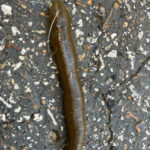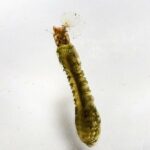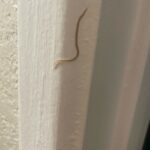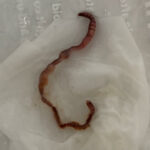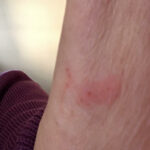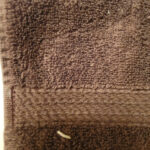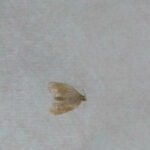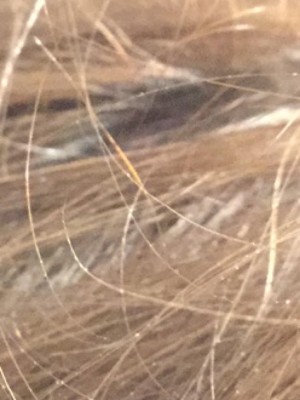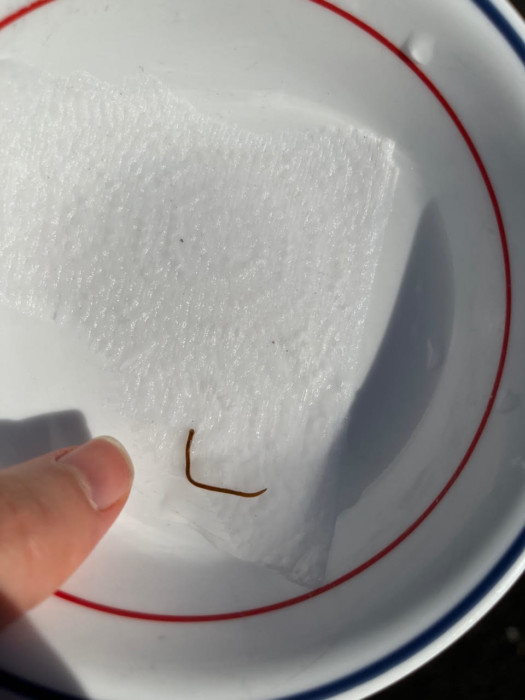
“What is this worm?” asks this reader in his submission regarding the little, brownish worm pictured below. “Found among algae in the backyard koi pond in northern Illinois. Travels by attaching (perhaps by suction) one end and feeling around with the other. Can stretch to well over 4 times its resting length. Seeks air if submerged. Appears to be slightly flat. Was discovered clinging to hand. Found today. No discernible segmentation.” The thing that caught our eye in the excellent photo our reader sent in is the flattish part at one end of its body, which we assume to be its head. This is likely the part that it uses to “attach” itself to things and move along using, as our reader stated, “suction”. Based on this, as well as its appearance, we are inclined to say that this is likely a leech.
Leeches are worms that belong to the class of worms Annelidae, which earthworms also belong to. Annelids are, among other characteristics, known for their segmented bodies, so there should be segmentation, despite our reader saying there was “no discernible segmentation”. Of course, it could be that this leech is immature, and given its tiny size, this is very likely – as is that its segmentation is just difficult to see with the naked eye. In fact, even though there are over 600 species of leeches, they all have exactly 34 segments, which is oddly specific but also amazingly so!
Most species of leeches are either terrestrial, meaning they live on land, or aquatic, like the one our reader found. The majority of aquatic leeches occur in freshwater bodies, and among these species are some that can breathe underwater as well as above water. We think this is the case for the leech that our reader found, since he saw it coming up for air when submerged.
Now, since we do not know what species of leech this is, we cannot promise if this one is safe to be around. While there are plenty of species of leeches that are not parasitic blood-sucking ones, and feed either on decomposing organic litter or on other animals, we cannot be sure what kind this one is. For that reason, we suggest our reader avoids making physical contact with this leech. As for the fish, they could be in danger of a leech infection if these are parasitic – although leeches do not cause great harm to adult koi, the wounds they leave behind could become infected. We suggest our reader temporarily remove the koi from the pond and deep clean the pond, as well as remove any leeches from the koi if that is the case. ‘Premier Ponds and Lighting’ have an excellent “web page on how to clean a koi pond” that our reader may want to check out.
In conclusion, we think that the worm our reader found in his koi pond is a leech, which could be concerning for the koi. We hope the information provided in this article proves helpful to our reader, and we wish him, as well as his koi, the very best!
All About Worms is always free, always reader-supported. Your tips via CashApp, Venmo, or Paypal are appreciated! Receipts will come from ISIPP Publishing.
You might also find these guys interesting!




